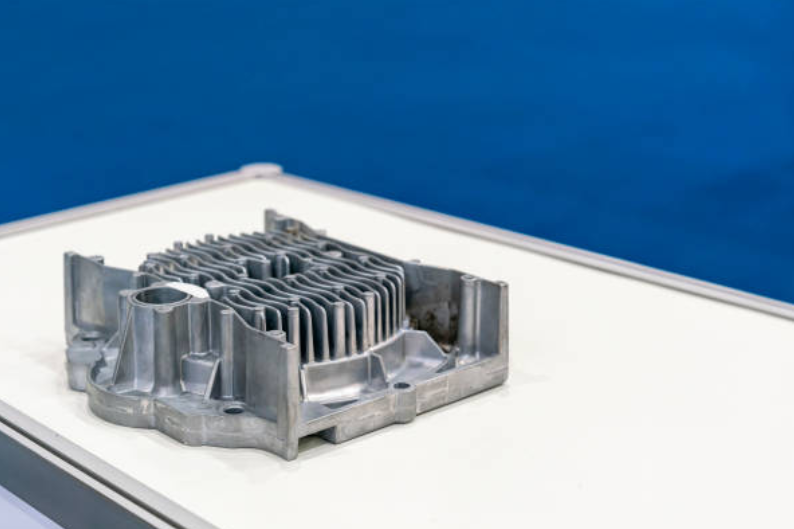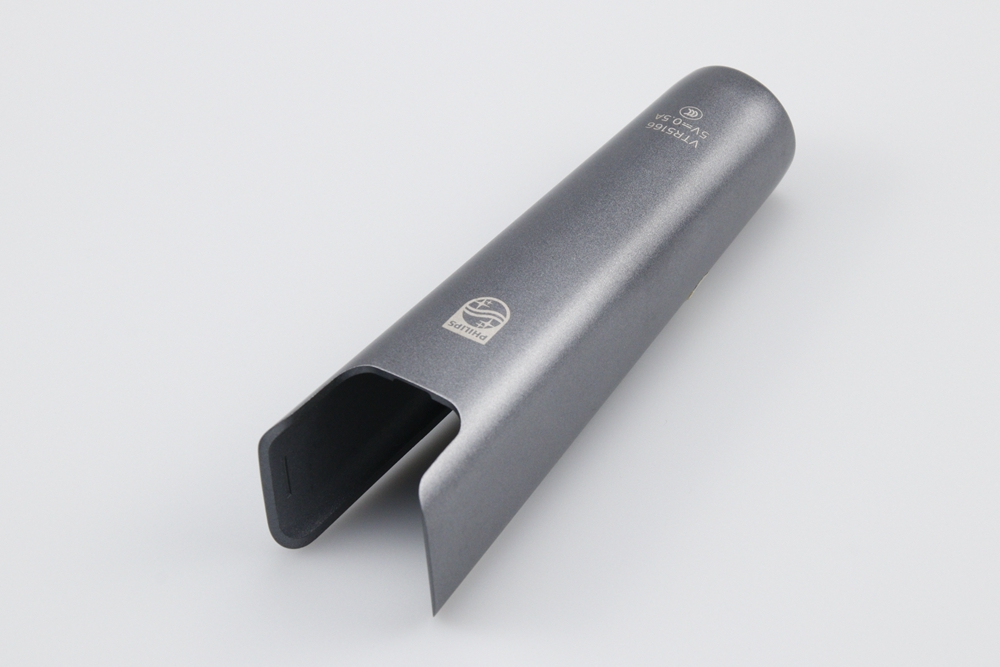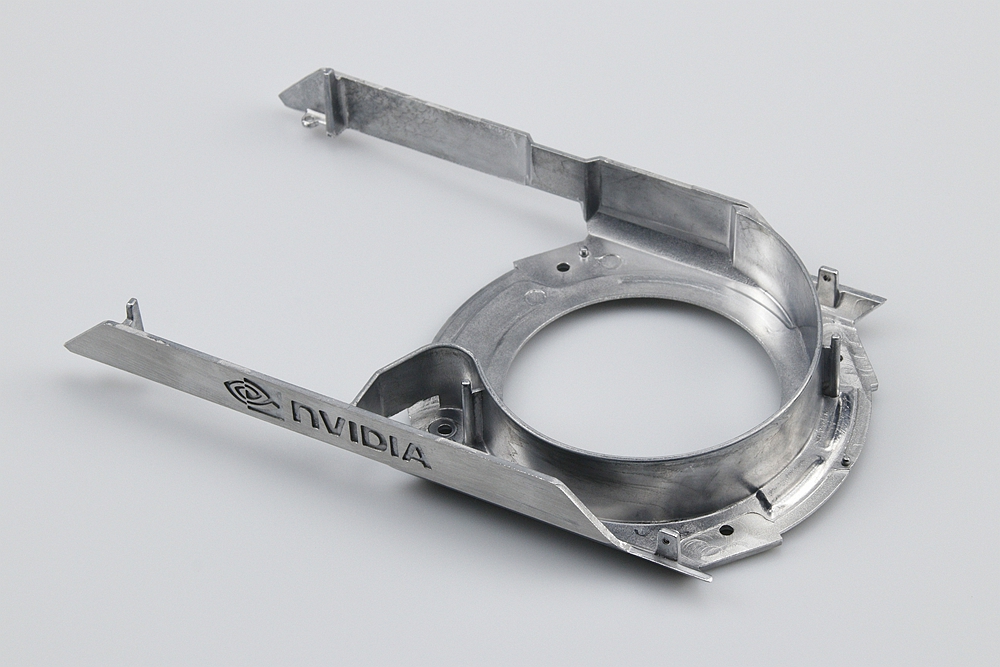How does zinc die casting compare to aluminum die casting?
How Can Common Defects in Gravity Casting Be Minimized?
Porosity Reduction through Controlled Filling
Porosity—caused by trapped air or gas—is a primary defect in gravity casting. It can be minimized by optimizing the gating system to ensure smooth, laminar flow into the mold. Designing the mold with properly placed vents and risers allows gases to escape and compensates for shrinkage during solidification. Pouring temperature should be maintained between 660–720 °C for aluminum alloys like A356 to ensure proper fluidity without excessive turbulence.
Mold Design Optimization
Mold geometry should promote uniform wall thickness and directional solidification. Uneven cooling can lead to hot spots and shrinkage cavities. Incorporating chills and insulating materials in the mold can regulate solidification rates. At Neway, we use simulation software during gravity casting mold design to predict and correct potential defect zones before production.
Degassing and Filtration
Using rotary degassing or nitrogen purging before pouring helps remove hydrogen and oxides from molten aluminum. Inserting ceramic foam filters at the runner inlet can trap non-metallic inclusions and reduce slag-related defects, ensuring cleaner metal reaches the cavity.
Temperature and Pouring Control
Inconsistent pouring temperature or rate may result in cold shuts, incomplete fills, or flow lines. Implementing automatic pouring systems ensures precise control over metal temperature and volume. The mold should be preheated to at least 200–300 °C to prevent premature solidification and thermal shock.
Regular Mold Maintenance
Worn or damaged molds can lead to dimensional inconsistencies, flash, and misalignment. Routine inspection and refurbishment of permanent molds ensure tight sealing, accurate parting lines, and optimal thermal conductivity for consistent part quality.
Manufacturing Services That Eliminate Gravity Casting Defects
Neway delivers defect-free gravity casting solutions with advanced mold design, alloy filtration, and process simulation. Our in-house CNC machining ensures tight tolerances (±0.01 mm), while our 20+ years of experience support continuous process improvement for global delivery.



